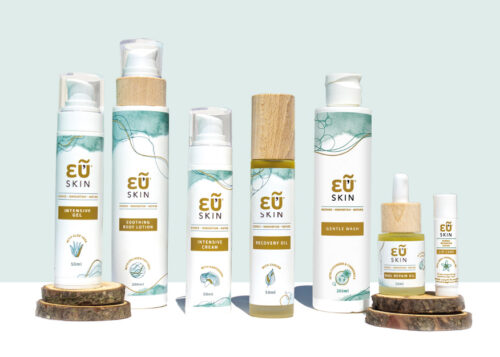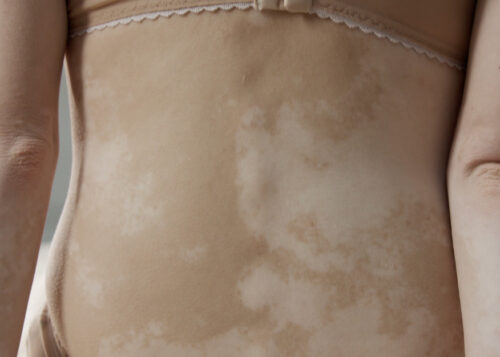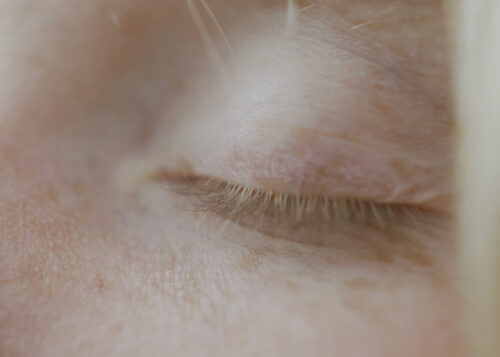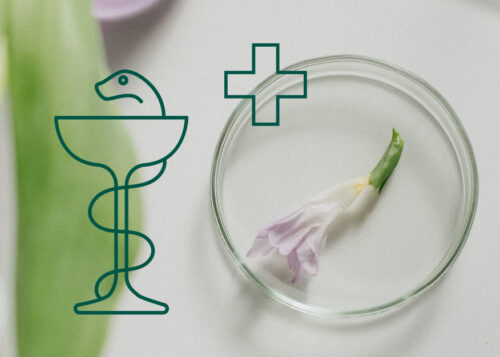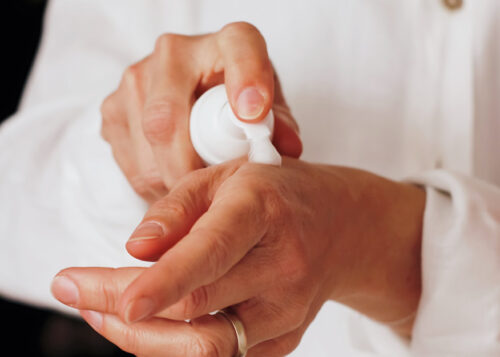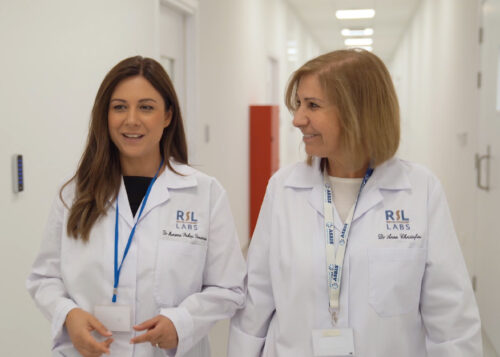
Navigating skin side effects of cancer treatment:
Understanding and managing
Cancer treatment brings hope but also presents challenges, especially for the skin. Chemotherapy, radiotherapy, and targeted therapies can cause various skin reactions, affecting patients’ well-being.
In this blog, we’ll explore common skin-related adverse reactions to cancer therapies and strategies for alleviating discomfort.
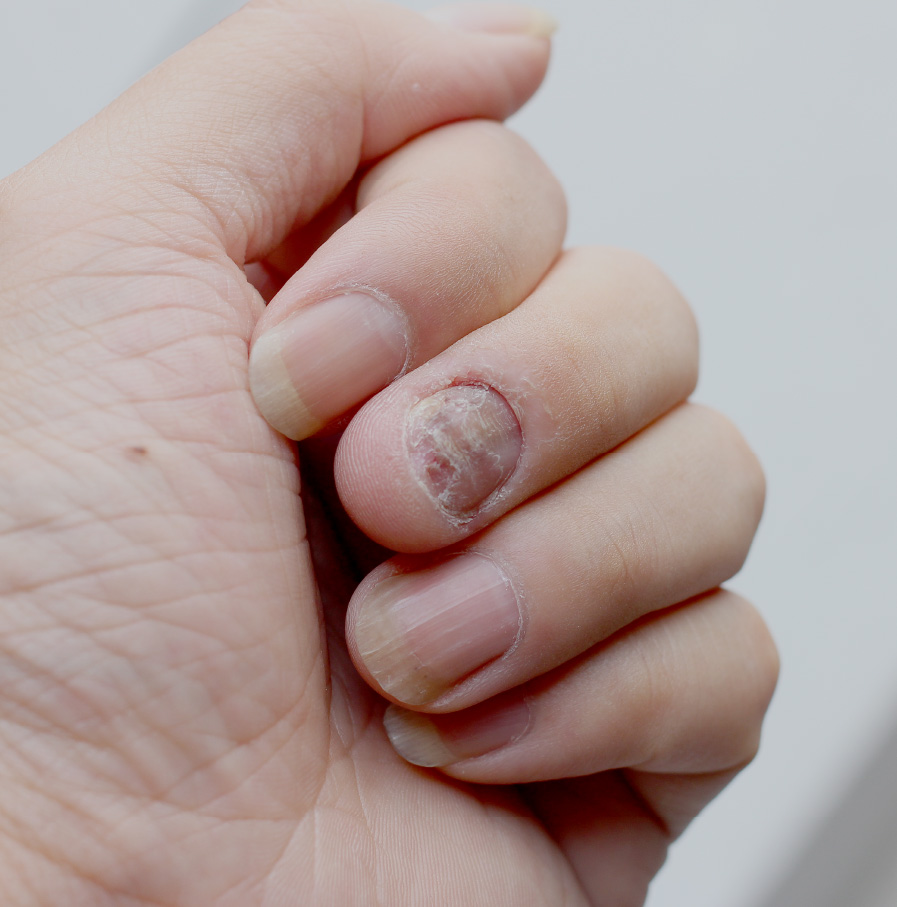
Nail Toxicities
Ever heard of paronychia or periungual pyogenic granuloma? These nail problems may arise during certain cancer treatments, and while they may not be severe, they can certainly be bothersome. Understanding the differences between chemotherapy and targeted therapy-associated nail toxicities is essential for effective management. While not usually severe, these lesions can significantly affect patients’ quality of life. Therefore, implementing strategies to manage them is essential1.
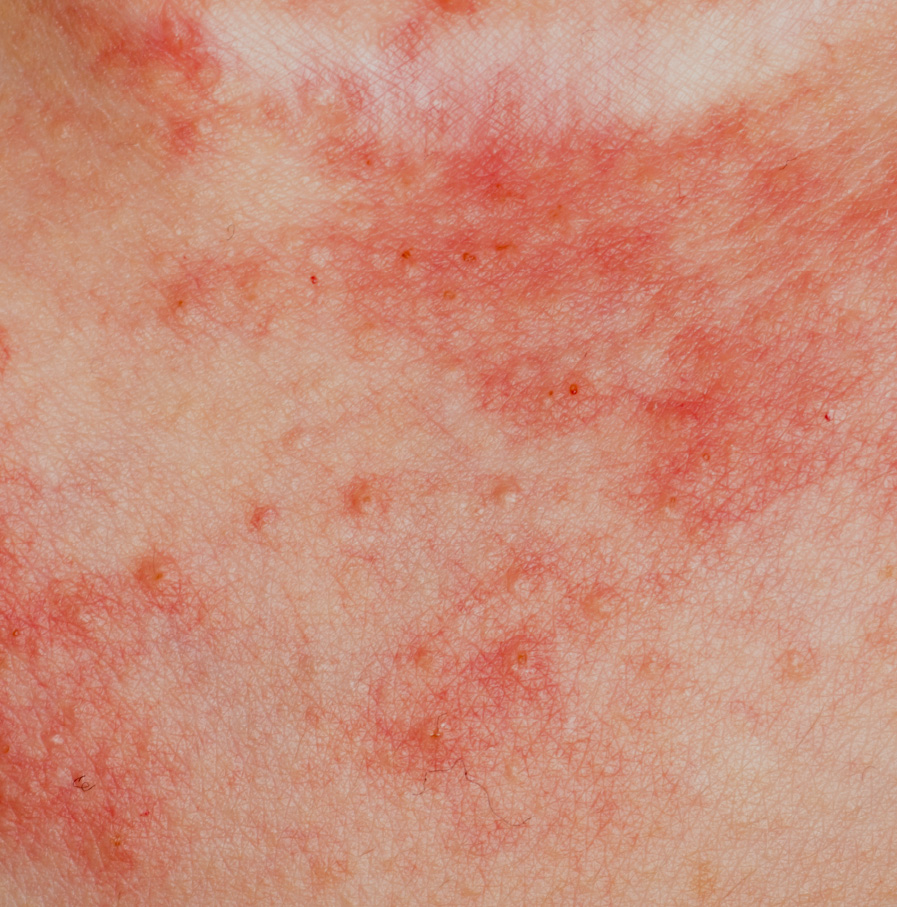
Acneiform Rash
An acneiform rash, often associated with medications targeting epidermal growth factor receptor and MAP kinase signaling pathways can lead to papules, pustules, and intense itchiness. This rash can profoundly impair patients’ quality of life1.
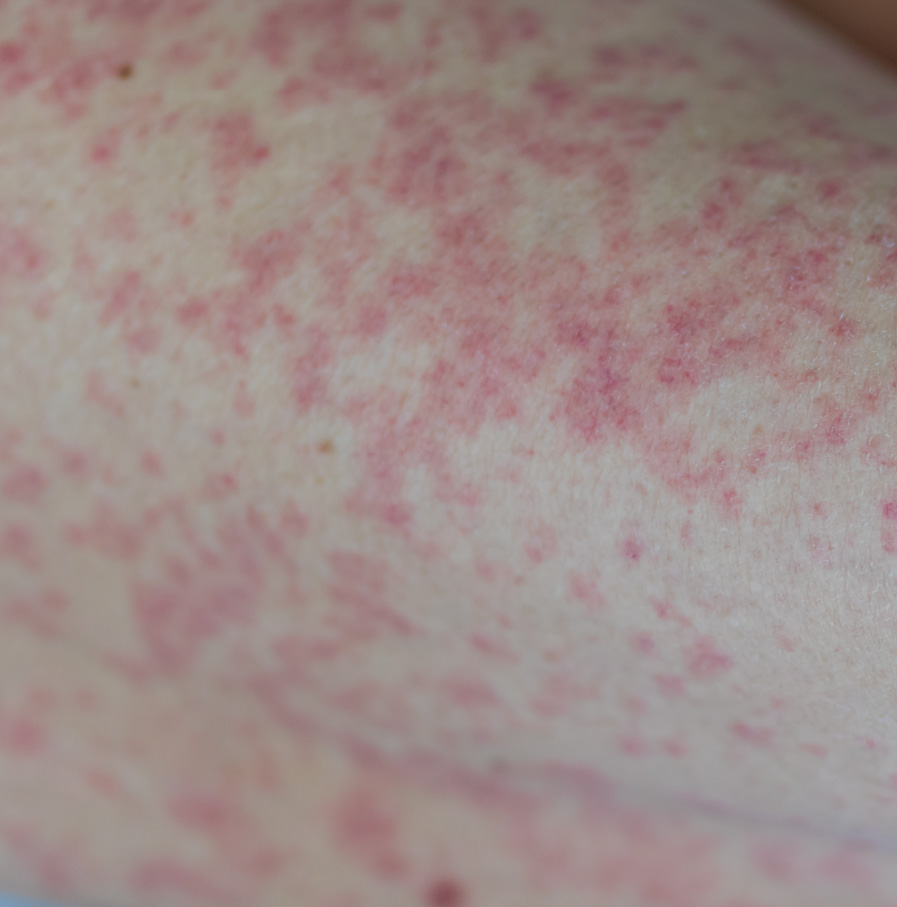
Hyperpigmentation
Hyperpigmentation, another common adverse reaction, manifests as darkening of the skin due to various mechanisms. It’s a common side effect of certain cancer drugs, like 5-fluorouracil and cisplatin, but it’s not permanent2.
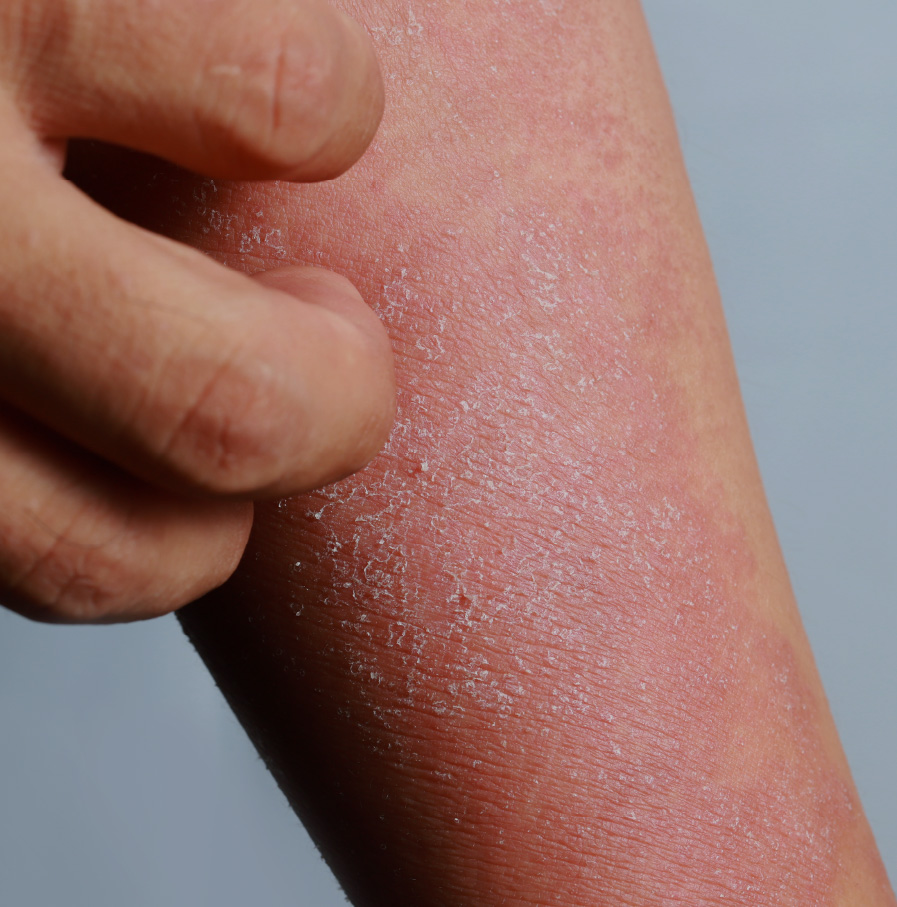
Xerosis
Xerosis, or dry skin, is a prevalent concern among oncology patients, often attributed to impaired sebaceous gland function. Drugs like cyclophosphamide and carboplatin are associated with this side effect. Providing patients with guidance on the liberal application of emollients and adopting hydration practices can effectively reduce discomfort2.
Managing Skin Side Effects
Now, let’s discuss how we can help navigate through the skin and nail changes that may occur during cancer treatment. We understand that these changes can be challenging and we are committed to offer our support and expertise. Our aim is to equip you with practical strategies to ease discomfort and preserve skin health throughout this journey.
- Ease dry, itchy skin with the εὖSKIN® Soothing Body Lotion and εὖSKIN® Recovery Oil, which soothe and moisturize.
- Moisturize your skin with the εὖSKIN® Intensive Cream, formulated to aid skin recovery.
- Help with minor nail problems using the εὖSKIN® Nail Repair Oil, designed to promote nail growth and repair.
- Ease mucositis side effects with the εὖSKIN® Intensive Gel, suitable for mucosal areas.
- Keep your body well hydrated to maintain skin moisture levels.
- Soothe dry, cracked lips with the εὖSKIN® Lip Care, specially formulated for lip health.
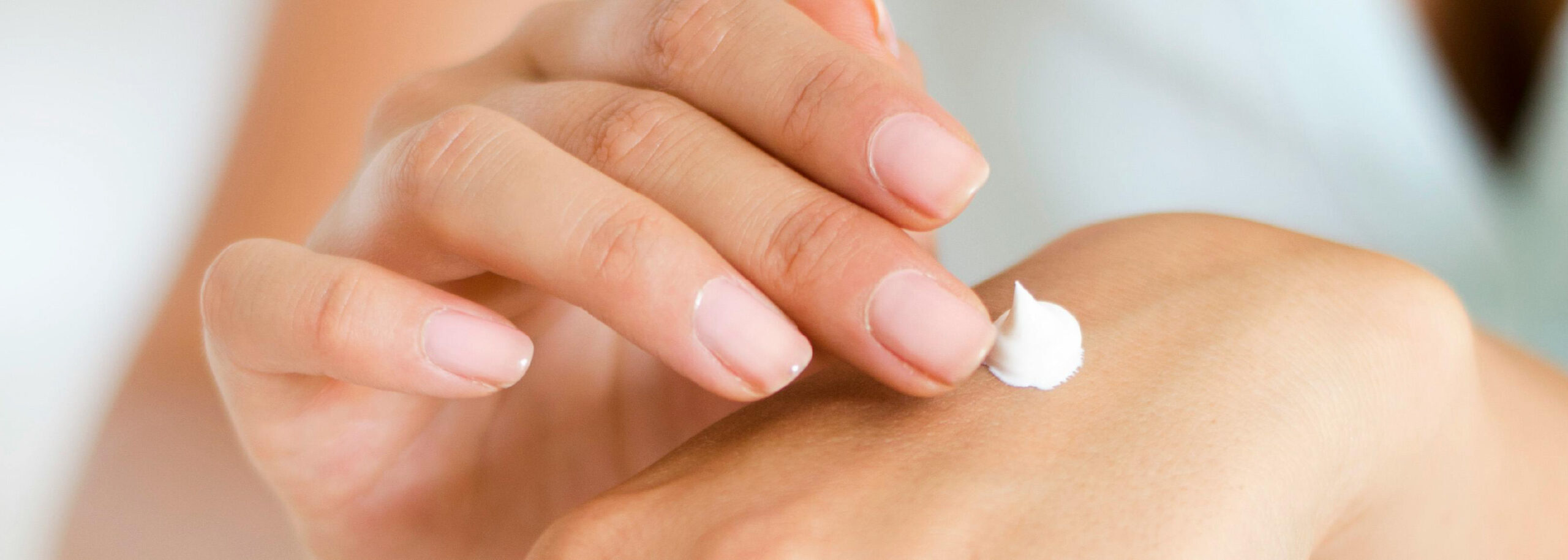
At RSL Revolutionary Labs, we understand the impact of cancer treatment on the skin. While we don’t claim to prevent or cure skin issues, our products are designed to provide comfort and support during treatment.
The εὖSKIN line complements existing guidelines, offering gentle skincare solutions to minimize discomfort. For those interested, our products are available for purchase online or at selected pharmacies.
Navigating skin side effects during cancer treatment is crucial for patients’ well-being. By understanding these reactions and using appropriate skincare products, patients can improve their quality of life. Clinicians play a vital role in recognizing and addressing skin issues promptly. Together, we can support patients on their treatment journey.

